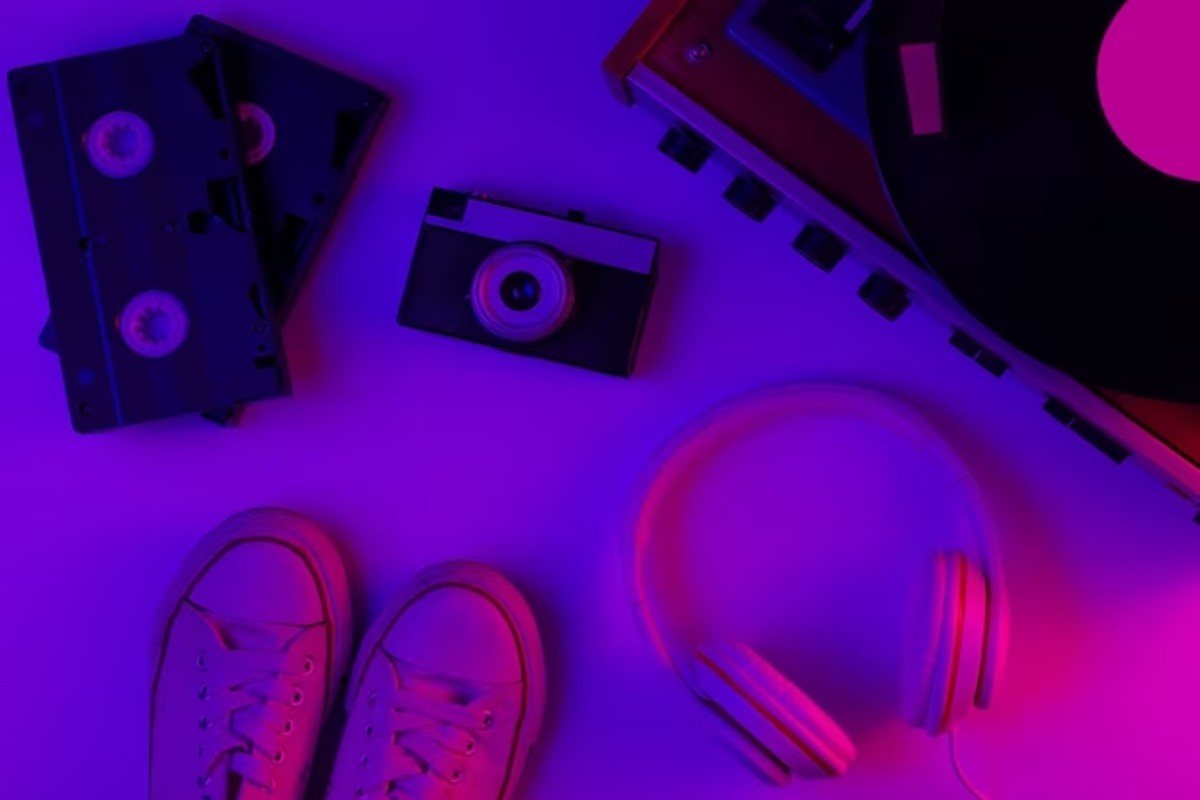In the whirlwind of the 21st century, as technological advancements and digital innovations continue to shape the fabric of daily life, a curious phenomenon has taken root in the heart of pop culture: the retro revival. This resurgence of styles, trends, and artifacts from bygone eras has permeated various facets of society, from fashion and music to film, television, and even technology. Curiously, this retrospective fascination isn’t just confined to tangible artifacts; it extends to the digital realm as well, where online gaming experiences like book of dead slots harken back to ancient themes, underscoring our collective yearning for the mystique of the past. But what is driving this backward glance? Is it a genuine longing for the past—a form of nostalgia—or is it a quest for novelty in a world oversaturated with the new? Let’s delve into this!
Table of Contents
The Allure of the Past
Understanding Nostalgia The term “nostalgia” originates from the Greek words “nostos” (return) and “algos” (pain), originally used to describe the longing for a home that can no longer be returned to. In the context of pop culture, nostalgia manifests as a yearning for the past, or more accurately, for the perceived simplicity and authenticity of bygone times.
- Psychological Foundations Nostalgia is more than just a passing sentiment; it is rooted in psychology. Studies have shown that nostalgic reminiscing can have positive effects on an individual’s well-being. It can foster a sense of continuity and coherence in one’s life narrative, provide a buffer against existential threats, and even counteract loneliness and anxiety.
- The Generational Factor Each generation experiences nostalgia differently. Baby Boomers might reminisce about the Summer of Love, while Millennials might long for the simplicity of the pre-internet era. These generational yearnings often shape and define the contours of the retro revival.
Manifestations of the Retro Revival
The retro revival has manifested itself in numerous forms across the cultural spectrum, each with its unique blend of nostalgia and novelty.
- Fashion and Design Fashion is one of the most visible arenas of the retro revival. From the resurgence of ’80s neon colors and ’90s grunge to the re-emergence of mid-century modern design in furniture, these trends speak to a longing for the styles of the past, reinterpreted with a contemporary twist.
- Music and Vinyl The music industry has seen a significant resurgence of interest in vinyl records and retro music genres like jazz, disco, and even classic rock. This trend is not just about the music; it’s about the tactile experience and the ritual of playing a vinyl record.
- Film and Television The entertainment industry has capitalized on nostalgia with a slew of reboots, remakes, and sequels of beloved franchises from decades past. Shows like “Stranger Things” not only pay homage to the ’80s through their aesthetics and references but also recreate the era’s ambiance for a modern audience.
- Technology and Gaming Even in the realm of technology, retro is making a comeback. Classic video game consoles are being re-released with modern upgrades, and apps are designed to mimic the look and feel of old-school cameras and arcade games.
The Role of Technology in Fueling the Retro
Revival Interestingly, the very forces that propel society forward—technology and digital media—are also enabling the retro revival.
- The Internet and Access to the Past The internet has democratized access to the past, making it easier than ever to explore and consume retro content. Platforms like YouTube, Spotify, and various online archives have become treasure troves for those seeking a blast from the past.
- Social Media and the Spread of Trends Social media has been instrumental in spreading and popularizing retro trends. Platforms like Instagram and TikTok not only allow individuals to discover retro aesthetics but also to participate in them, blurring the lines between past and present.
- Nostalgia vs. Novelty: A Complex Relationship The retro revival is not merely about nostalgia; it’s also about novelty. It represents a fusion of past and present, where the old is reimagined in new contexts.
- The Comfort of the Familiar Nostalgia offers a comforting refuge from the uncertainties of the present and the anxieties of the future. There is a certain security in the familiar, even if it’s a past that one has not personally lived through.
- The Appeal of the New On the other hand, when old trends are revived, they are often infused with contemporary sensibilities, making them novel. This combination of the old and the new creates a fresh experience that resonates with both those who remember the original and those encountering it for the first time.
Implications for Culture and Identity
The retro revival is more than a cultural phenomenon; it has implications for individual and collective identities.
- A Search for Authenticity In a digital age characterized by fleeting trends and constant change, the retro revival represents a search for authenticity and permanence. It’s an attempt to connect with a past that seems more real and tangible than the ephemeral present.
- Shaping Collective Memory The retro revival plays a role in shaping collective memory, influencing how society remembers and interprets the past. It highlights certain eras and styles while potentially overshadowing others, thereby constructing a curated version of history.
- The Paradox of Originality The retro revival raises questions about originality and innovation in contemporary culture. In a landscape saturated with revivals and reboots, one must wonder whether society is advancing or merely recycling the past.

